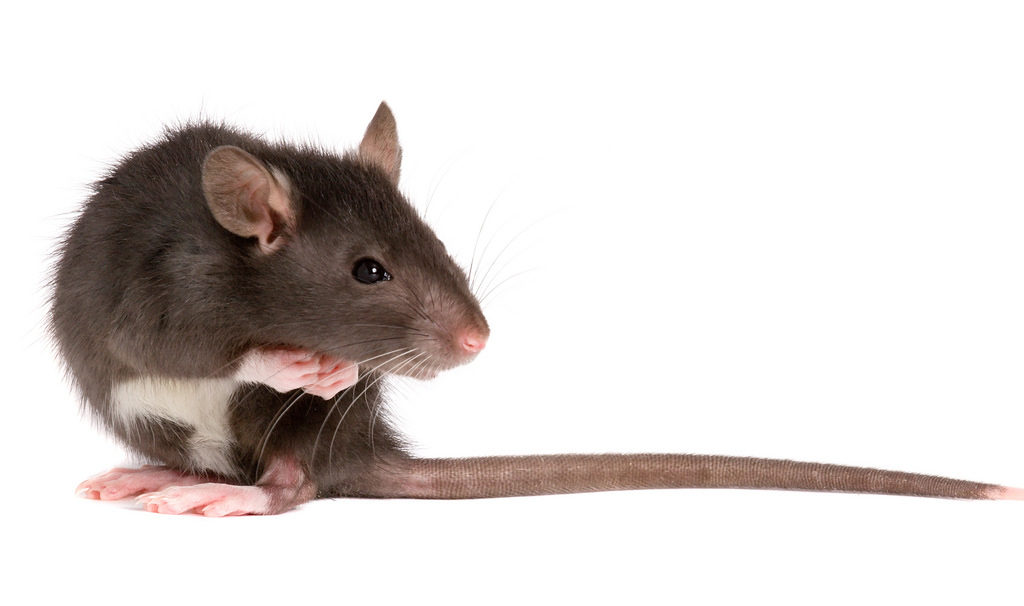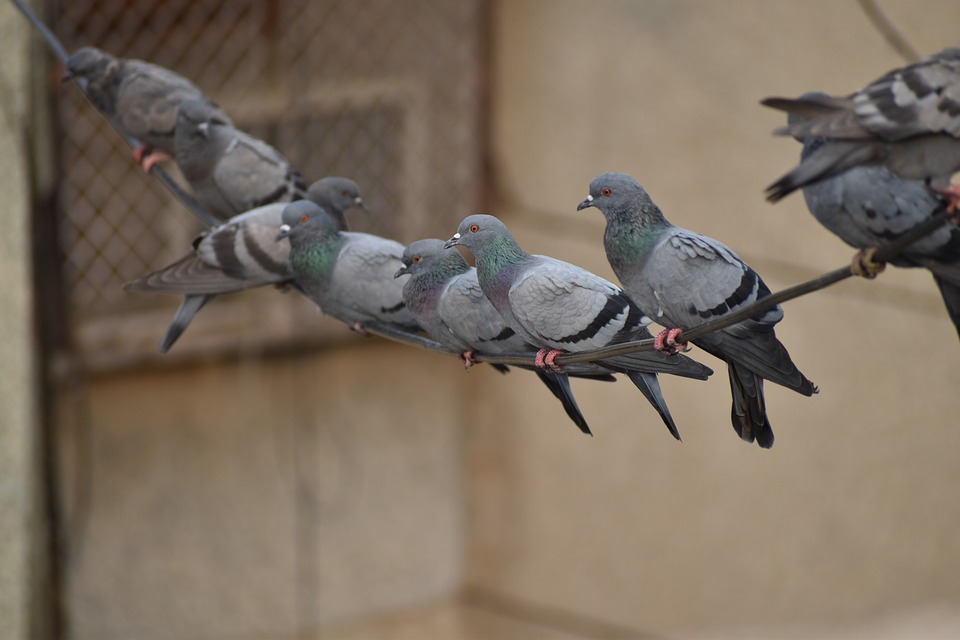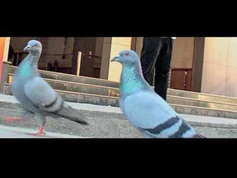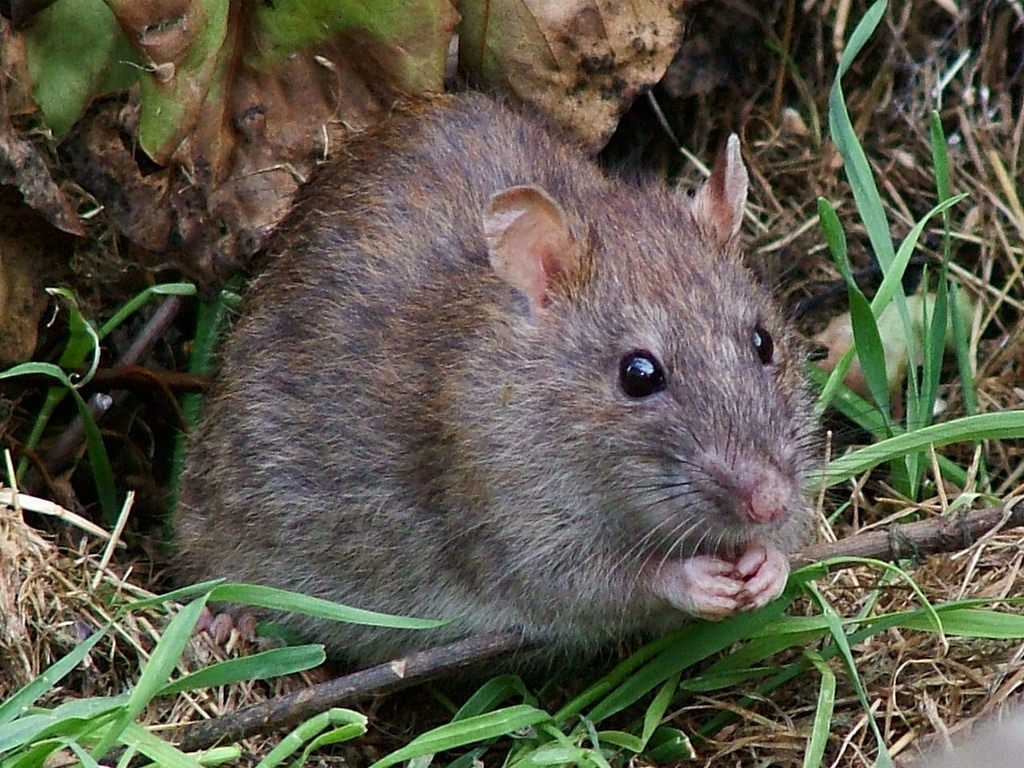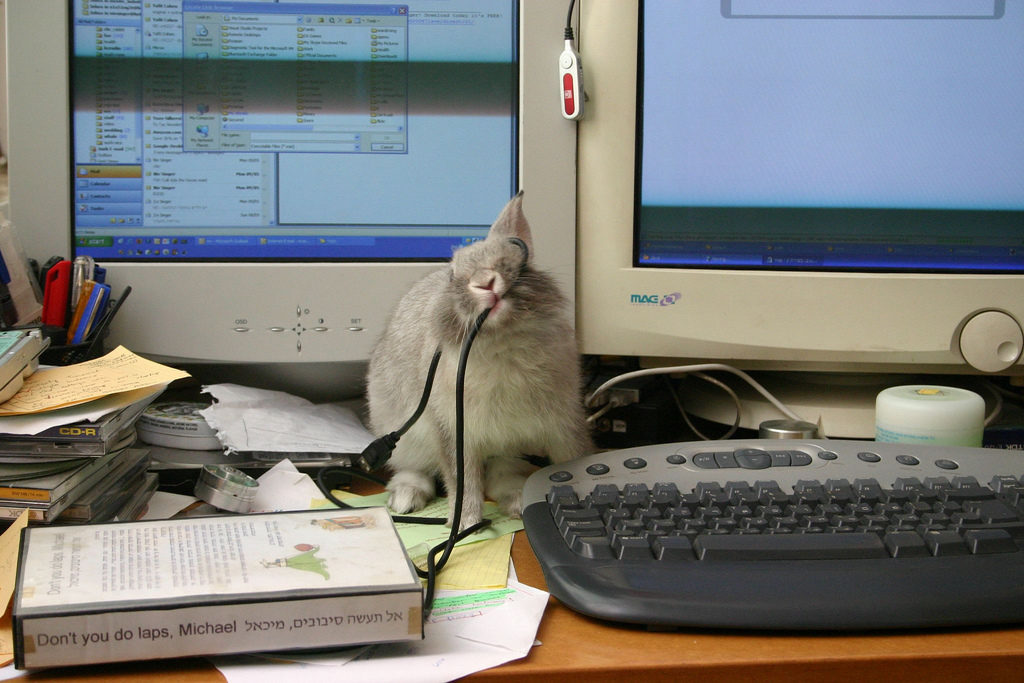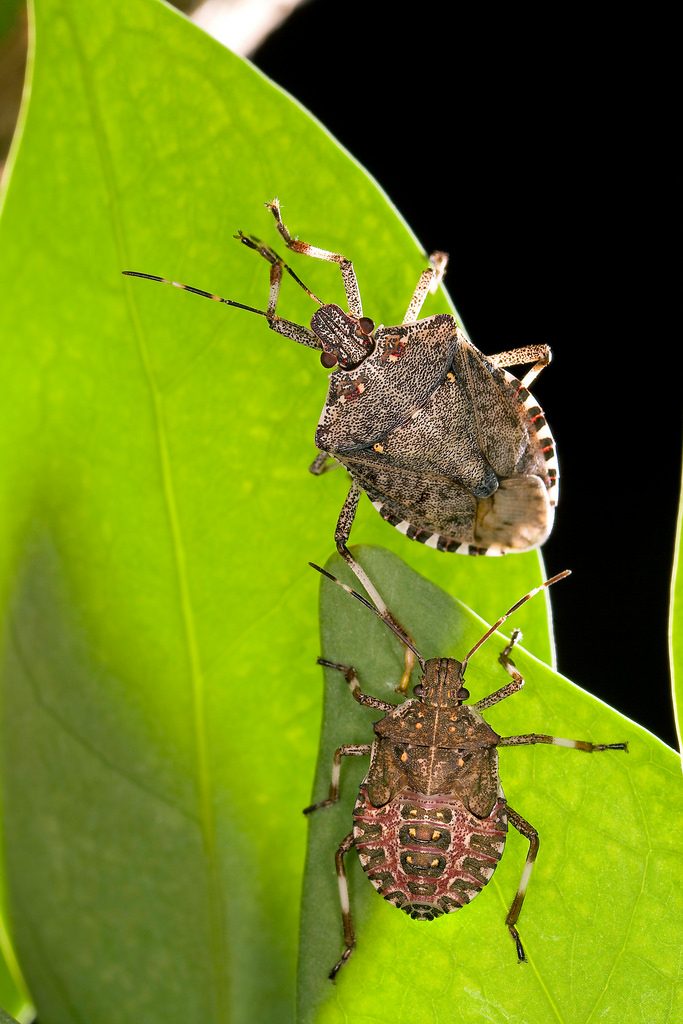
Bedbugs are very minute and can be hidden anywhere and
since it becomes hard to detect at the early stage of infestation. They hide in
the cracks and the crevices. There is the urban myth about bedbugs that they
cannot occur in plastic and metal equipment and there is no design, furnishing
or material that is resistant to bedbugs. Bedbugs are present on any surface
that contains cracks and crevices can provide a harbor for them and making it
difficult to detect.
When bedbugs invade libraries and other locations or place where people do not sleep, the nocturnal bedbugs look to feed on people rather than feeding them at the night time. Since we all know that a pair of bedbugs can multiply in a short period of time with the large infestation.
There are people entering the libraries on a daily basis where the bedbugs get the opportunities to enter the library and to eat as well as to migrate. The fact that people prefer coming to the library because of the silence and space they get for a long period of time but in the library, the reading tables provide these wingless insects significant opportunities to feed.
The bedbugs carry the greatest risk as the books are returned to the library from all sorts of residences and situations, and therefore the bedbugs can infest the building itself, moving from books to the furniture.
Let us have a look at the evidence,
SC University closes library due to bed bugs, officials say
A South Carolina university has shut down the library on campus due to a report of bed bugs.
Winthrop University closed the Dacus Library at 6 p.m. Wednesday after bed bugs were identified on several pieces of furniture, school officials said.
The university sent an email to students notifying them of the library closure and the treatment taking place.
Bed Bugs Complaint Closes Milpitas Library
MILPITAS, CA — The library will remain closed for at least another day upon receiving a report last week from a patron about possible bed bugs in the Santa Clara County facility.
The library told its Facebook readers it ordered an inspection and received information that “localized activity” was detected. This means bed bugs were discovered.
As a precaution, the library will remain closed until the facility has been treated and the issue eliminated.
Libraries need to develop plans in advance of any infestation.
Instead of using the conventional control measures we can make use of our products which does not kill the pests but repels.
The usage of pesticides have detrimental effects on human health and cause harmful diseases so instead of using outdated control measures we can make use of our product, our product Combirepel™ manufactured by C Tech Corporation is an anti-insect aversive which repels insects.
Combirepel™ works on the mechanism of repellency. It temporarily inhibits the mating cycle of the insects. The product impairs the ability of the insects to reproduce, that is the insects will not lay eggs or the laid eggs will be infertile. The product causes feeding disruption in an insect by triggering an unpleasant reaction within the insect which might try to feed on the application.
The product temporarily blocks the reproduction system of the insects by hindering the release of the vital hormones for growth.
Combirepel™ is an extremely low concern, low toxic, low hazard, non-carcinogenic and non-mutagenic insect aversive. It does not kill or cause harm to insects as well as to the environment which indirectly helps to maintain the ecological balance.
Combirepel™ is available in the form of the liquid concentrate can be mixed in paints in a predetermined ratio and be applied on the walls of the library or the material which has to be protected from termites
Combirepel™ in the lacquer form can be applied topically to the applications. The lacquer is compatible with most of the surfaces like wood, concrete, metal, polymer, ceramic, cables, wires etc.
Combirepel™ in the form of the masterbatch, which can be incorporated into the polymeric applications like wires, cables, polymeric material, instruments
Combirepel™ is thermally stable and does not degrade on exposure to heat and sunlight. It does not kill or harm the insect but repels them. It does not volatilize and does not degrade the soil. It is RoHS, RoHS2, ISO, REACH, APVMA, NEA compliant and FIFRA exempted.
Contact us at technical.marketing@ctechcorporation.com to keep the pests away.
Also, visit our websites:
http://www.ctechcorporation.com/
http://www.rodrepel.com/
http://www.termirepel.com/
http://www.combirepel.com/
Follow our Facebook pages at:
1] https://www.facebook.com/Combirepel-411710912249274/
2] https://www.facebook.com/Termirepel-104225413091251/
3] https://www.facebook.com/Rodrepel-120734974768048/
Follow us on our Twitter pages at:
1] https://twitter.com/rodrepel
2] https://twitter.com/termirepel
3] https://twitter.com/combirepel


